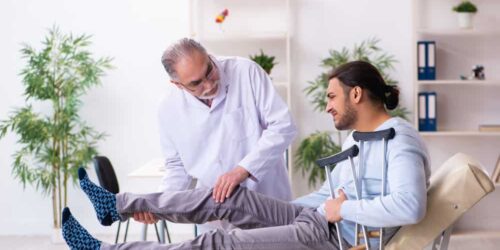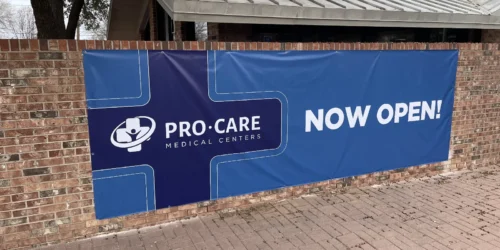Whether you leave the scene of a car accident with a serious injury or just cuts and bruises, your body has experienced some form of trauma. It’s important to always seek medical care to ensure that you don’t have hidden injuries that may become serious later, but if you are in the clear, what should you do to relieve soreness? After a bit of rest, it can be helpful to use careful exercises as a way to help the body heal. While movement may seem counterintuitive, it can help encourage healing and ensure there is no permanent damage. All exercise should be done under the supervision of your doctor, but here are some of the best stretches for recovery.
Exercises for General Stiffness
Even if you don’t have any specific injuries and your doctor doesn’t see anything concerning, you may still feel a general soreness or stiffness from the force of an accident. A few simple exercises can help you strengthen the whole body and get your neck, arms, legs, and hips back to normal movement. Each of these can be repeated 10 times in sets of 3 for a whole cycle.
- Sit up straight in a chair, then lower one ear to your shoulder. Slowly roll your head toward the opposite shoulder, tucking your chin to the chest as you come to the center.
- Use weights, or a household object like cans of vegetables, then sit upright in a chair. Lift the weights to the side, raising them to shoulder height.
- Keep your arms at shoulder height, then scissor them in front of the chest, one arm over the other. Bend the elbows gently without bringing the arms behind the body.
- Get onto your hands and knees, ensuring your knees are directly below your hips and your legs are hip-width apart. Keep your back straight, then lift a leg and the opposite arm. Hold for ten seconds and repeat on the other side.
- Put your hands and feet flat on the floor, then raise your hips to form an inverted V, or the “downward dog” position. Ensure the spine is long and the neck is straight, then hold the position.
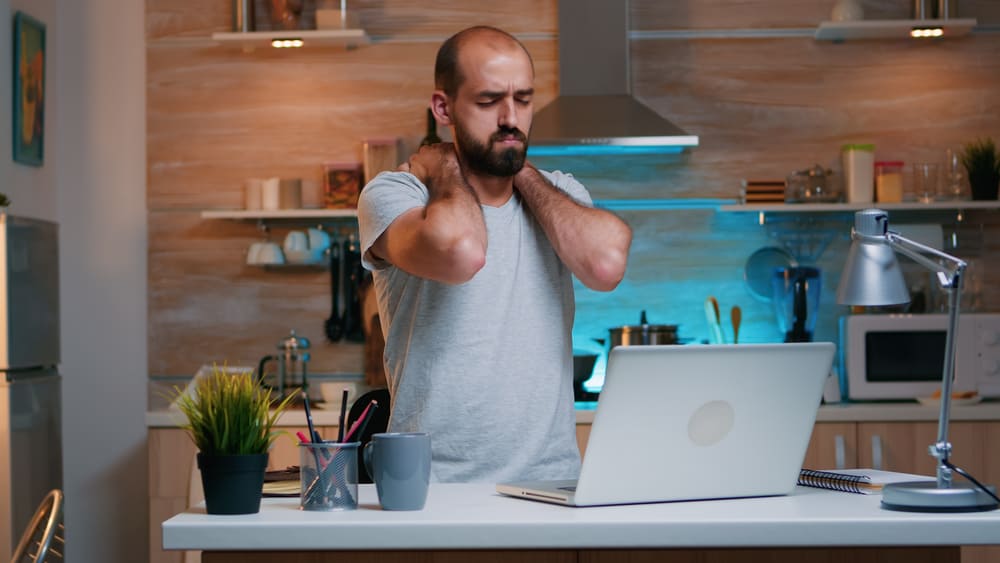
Stretches for Neck Injuries and Pain
Some of the most common car accident injuries, like whiplash, affect the neck and shoulders. The muscles can tense up and cause pain, or the quick motion of the accident can cause a tear in surrounding tissues. It is also possible for the vertebrae and their discs to be damaged, causing additional pain. Neck injuries often require professional treatment, but there are stretches you can do at home to help with pain and strength.
Seated Clasping Neck Stretch
This movement helps stretch your neck with the strength of your hands.
- Sit cross-legged on the floor. Clasp your hands together, lacing your fingers, and bringing your palms up to rest on the back of your head.
- Gently press your hands against your head, pushing towards your thighs and tucking the chin to the chest.
- Sit up as tall as you can to get the best stretch. Hold for 30 seconds before slowly releasing.
Seated Neck Release
If your pain is in the sides of your neck, try this:
- Sit on the floor in a cross-legged position. Place your right arm next to your right knee on the floor.
- Take your left hand and place it on top of your head, palm down, and tilt your head slowly to the left. Use your hands to apply a light amount of pressure if you want a more intense stretch.
- Hold for 30 seconds, then slowly release. Repeat on the other side.
Side Rotation
- Sit tall on the floor or, if necessary, in a chair.
- Gently move your head to look over your left shoulder until you feel a slight stretch. Hold for 3 seconds.
- Move to look over your right shoulder and repeat.
Forward and Backward Tilt
- Sit up tall, with your chin tucked into your chest. Hold for 3 seconds.
- Return to a neutral position and look straight ahead.
- Look up and tilt your head back. Hold for 3 seconds.
- Repeat for 30 seconds.
Shoulder Rolls
If your shoulders are taking on a lot of tension from your neck, this can be helpful.
- Lift your shoulders up and roll them back in a circular motion for 30 seconds.
- Reverse the movement and roll them forward for 30 seconds.
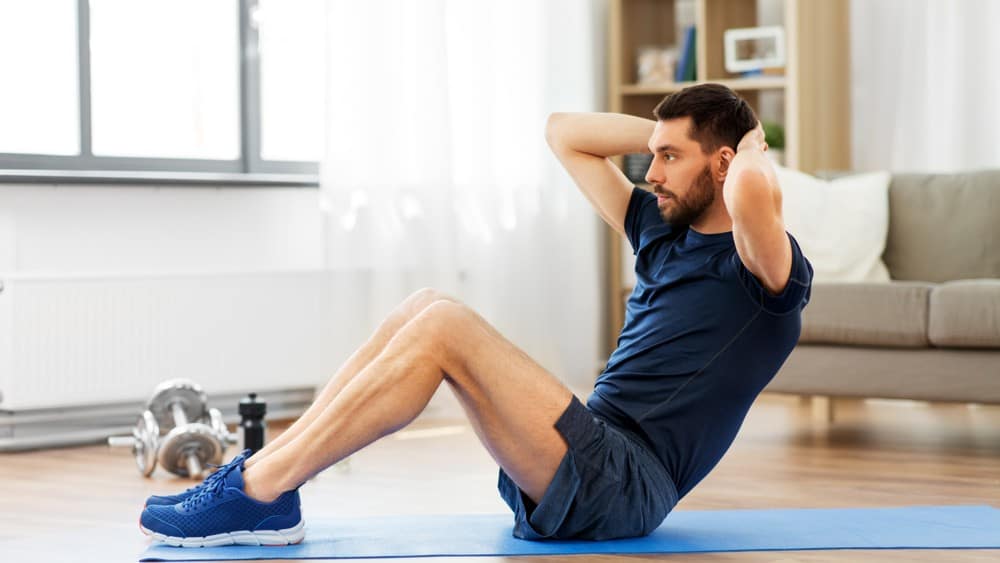
Best Recovery Stretches for Back Pain
A car accident can affect your entire back, from the neck down to the tailbone, but the lower back is the most common place to feel pain. The complex nature of the lower back makes it susceptible to more injuries, and it can take longer to heal than the rest of the spine.
Pelvic Rocks
Movement is one of the most effective ways to decrease pain and increase range of motion, especially in the pelvis.
- Get on your hands and knees, keeping your back flat and avoiding an arch. Make sure your hands are under your shoulders and your knees are under the hips.
- To roll forward, exaggerate the arch in your back and hold for a moment.
- To roll backward, flatten the back again.
Curl Up
In addition to reducing pain, it is important to protect the spine against further injury when it is vulnerable. Building core strength is a great way to do this.
- Lift the head and shoulders, careful not to overly flex the neck muscles.
- Hold for 10 seconds, then relax for ten seconds.
- Repeat in six repetitions.
The Side Bridge
The lower back is so important because it helps to stabilize the rest of the body. In a time of injury, there needs to be a balance between strengthening the spine and not placing more load on it.
- Lie on your left side, placing your weight on your elbow. Make sure the body is inline, with the hips and shoulders stacked and not rotated. Inhale.
- On exhale, pull your abs to your spine and lift your pelvis off the floor, coming into a side plank. Be sure your shoulder blade is down so that your shoulder does not touch your ear.
- Hold for three seconds. Repeat 2 or 3 times on each side.
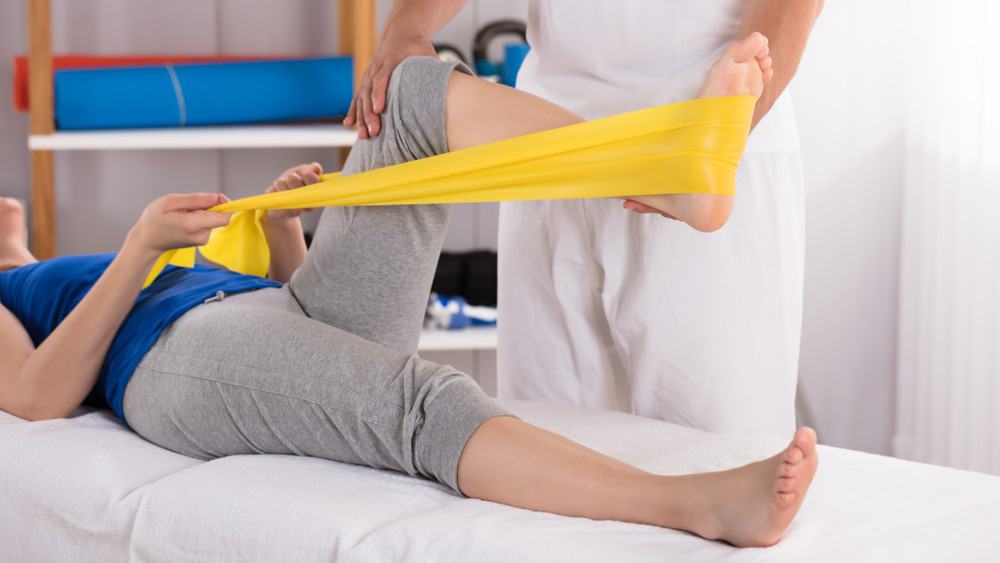
Other Injury Recovery Stretches
For other common injuries, you may be directed to use exercises targeting the affected area of the body. The goal is usually to promote stretching and strengthening, as well as regaining range of motion.
Arm Fracture Exercises
If you have a cast, wait until it is off before doing any exercises. A good way to start is to grab the injured arm with your good arm lifting it above your head. Once lowered, bend it at the elbow gently as far as it will go.
Leg Fracture Exercises
After your cast or brace comes off, try these:
- Keep your feet flat on the ground, then step forward with one foot. Keep the other in place and lunge forward. Hold for ten seconds and repeat with the other leg.
- From a sitting position, keep your feet flat on the floor. Extend one knee out so that it is parallel to the ground. Hold, then lower your leg. Repeat on the other side.
- Place both feet flat on the floor and rise to the balls of your feet. Hold for 5-10 seconds, then repeat.
- Rest one ankle on the opposite knee while sitting in a chair. Use both hands to gently rotate the ankle for 5-10 seconds, then repeat on the other side.
Hip Fracture Exercises
Hip fractures can be complex and difficult to heal. If your doctor approves you to exercise, try these movements:
- Lie on your back, with your legs straight up in the air and your toes pointed toward the ceiling. Move one leg to the side, then slowly return it to the center. Repeat on the other side.
- Stand next to a chair or table that you can use to balance. Move one leg to the side as far as you can, then repeat with the other leg.
Exercises and Recovery
These exercises can be a great way to boost recovery, but they should always be done under the supervision of a chiropractor or other medical professional. A good treatment plan will use these movements to strengthen and heal in addition to more formal treatment.
To begin a comprehensive treatment plan, contact Pro-Care today for your first consultation.
